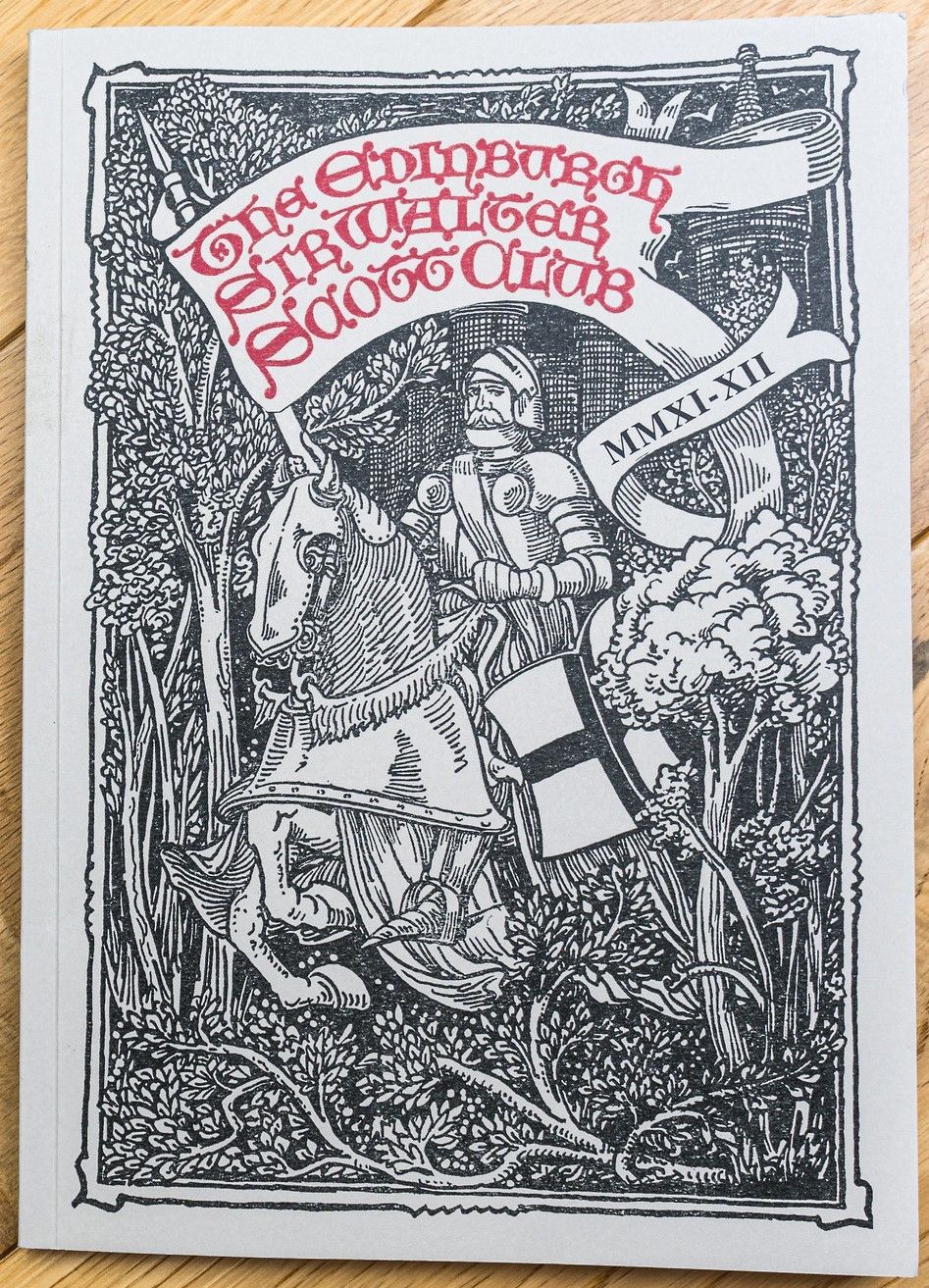Scott, India, and the Muslim Gentleman
Thursday 3rd February 2011
Summary of the Talk:
Dr Robert Irvine examines how Sir Walter Scott’s works reflect a period of British imperial history when attitudes toward India and its people were more open to cultural exchange—before the rigid racial hierarchies of the Raj era fully took hold.
He explores how Scott’s fiction, particularly The Surgeon’s Daughter and The Talisman, captures a fleeting window of Anglo-Indian hybridity and mutual curiosity (as described by William Dalrymple in White Mughals), where interfaith romances and cross-cultural respect were not uncommon, especially among East India Company officials stationed at Indian courts.
- In The Surgeon’s Daughter, the character Adam Hartley is presented as morally upright and sympathetic to Indian culture. He is contrasted with other morally corrupt Europeans in India.
- The Muslim ruler Haider Ali, disguised as a fakir, plays a crucial role in restoring moral order, using Islamic justice rather than colonial law.
- In The Talisman, Saladin, the great Muslim leader of the Crusades, is similarly noble, rational, and commanding. He stands in stark contrast to the self-serving and petty Christian crusaders.
Both texts use the figure of the Muslim gentleman—Haider Ali and Saladin—as embodiments of a kind of idealised, aristocratic authority, rooted in chivalry, justice, and individual worth.
Interesting Points Worth Mentioning:
- The “Muslim Gentleman” as a Fantasy of Aristocratic Authority:
- Irvine argues that Scott uses Muslim rulers like Haider and Saladin to imagine a world where aristocratic hierarchy still holds moral authority—at a time when British aristocracy was under pressure from reformist and democratic movements.
- India as a Moral Testing Ground:
- The Surgeon’s Daughter positions India as a place of moral reckoning, where European characters either become corrupted or, like Hartley, prove their virtue. Haider Ali's justice—rooted in Islam—is key to the resolution of the plot.
- Saladin as a Symbol of Inner Wholeness:
- In The Talisman, Saladin is described as the “diamond” at the centre of a ring—stable, complete, and not defined by others. His disguises and command of different roles show power through internal consistency and self-respect.
- Parallels Between 18th-Century India and 12th-Century Palestine:
- Though set centuries apart, both novels reflect Scott’s interest in cultural contact zones, where European and Islamic civilisations meet, clash, and sometimes find common ground through shared codes of honour.
- Critique of British Imperial Hypocrisy:
- The talk notes how Scott contrasts corrupt, self-serving British characters with noble Muslim rulers, subtly critiquing the moral standing of Britain’s imperial project—especially in the earlier, loot-driven days of the East India Company.
- Scott’s Interest in Social Hierarchies over Race:
- Drawing on David Cannadine’s Ornamentalism, Irvine suggests Scott saw foreign cultures (especially aristocracies) not as “others” but as mirrors of Britain’s own social order—making hierarchy the real currency of empire, more than race.
- East as a Safe Space for Conservative Fantasy:
- In Scott’s post-Napoleonic world, where British social order is shifting, the East becomes a backdrop for imagining stable, benevolent aristocratic rule.
Download the [transcript] or read the [bulletin]

Download the [transcript] or read the [bulletin]


